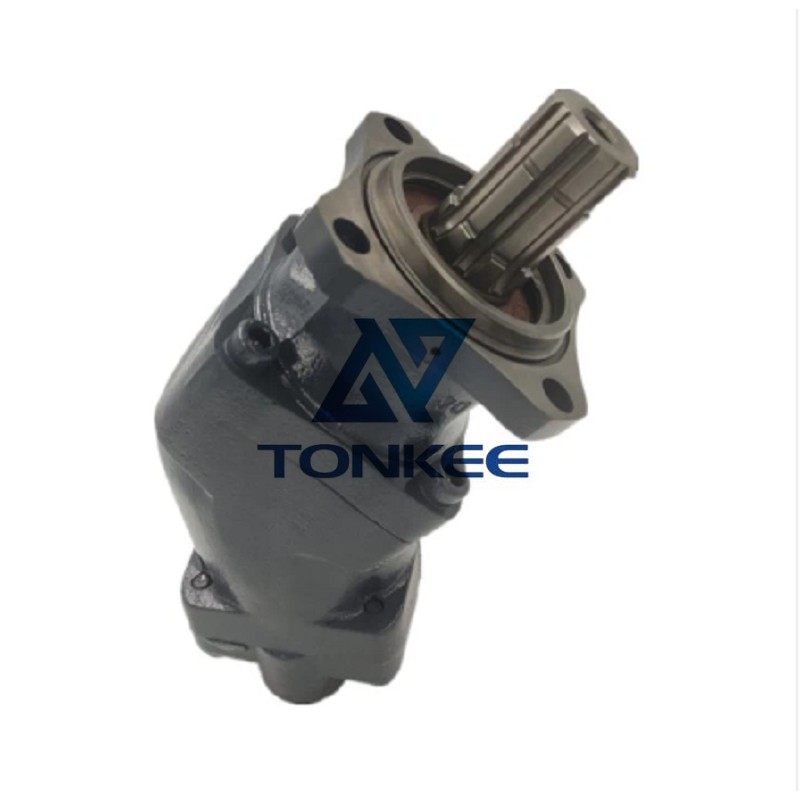
OEM SCP-012R SCP-017R SCP-025R SCP-034R SCP-040R Hydraulic Pump | Partsdic®
SCP-012R SCP-017R SCP-025R SCP-034R SCP-040R Hydraulic Pump | Partsdic®
The specifications of a hydraulic pump are critical for determining its performance and suitability for a specific application. Some important specifications include flow rate, pressure rating, and power requirements. The flow rate, measured in liters per minute or gallons per minute, indicates how much fluid the pump can deliver. The pressure rating, measured in pounds per square inch (psi) or bar, represents the maximum pressure that the pump can generate. Power requirements specify the input power, typically in horsepower or kilowatts, necessary to drive the pump.
The specifications of a hydraulic pump are critical for determining its performance and suitability for a specific application. Some important specifications include flow rate, pressure rating, and power requirements. The flow rate, measured in liters per minute or gallons per minute, indicates how much fluid the pump can deliver. The pressure rating, measured in pounds per square inch (psi) or bar, represents the maximum pressure that the pump can generate. Power requirements specify the input power, typically in horsepower or kilowatts, necessary to drive the pump.




